What Is The Size Of An Azalea? Explore Different Varieties That Will Suit Every Garden
The size of azaleas can vary widely because they have been selectively bred for different landscape needs. Check out our picks for each size category.

Amy Draiss
Azaleas are flowering shrubs popular in landscaping. They are prized for their showy spring flowers and ability to grow in shady areas. You can even find native types of azaleas, which are all members of the Rhododendron genus. Some azaleas are evergreen, while others are deciduous.
Growing different types of azaleas is popular, but what is the size of an azalea? Because they’re so well-liked, azaleas have been developed to come in a range of sizes. Dwarf varieties can be as small as two feet (0.6 m) tall and wide, while the biggest types are up to 20 feet (6 m). Here are some examples of azalea varieties in different sizes.
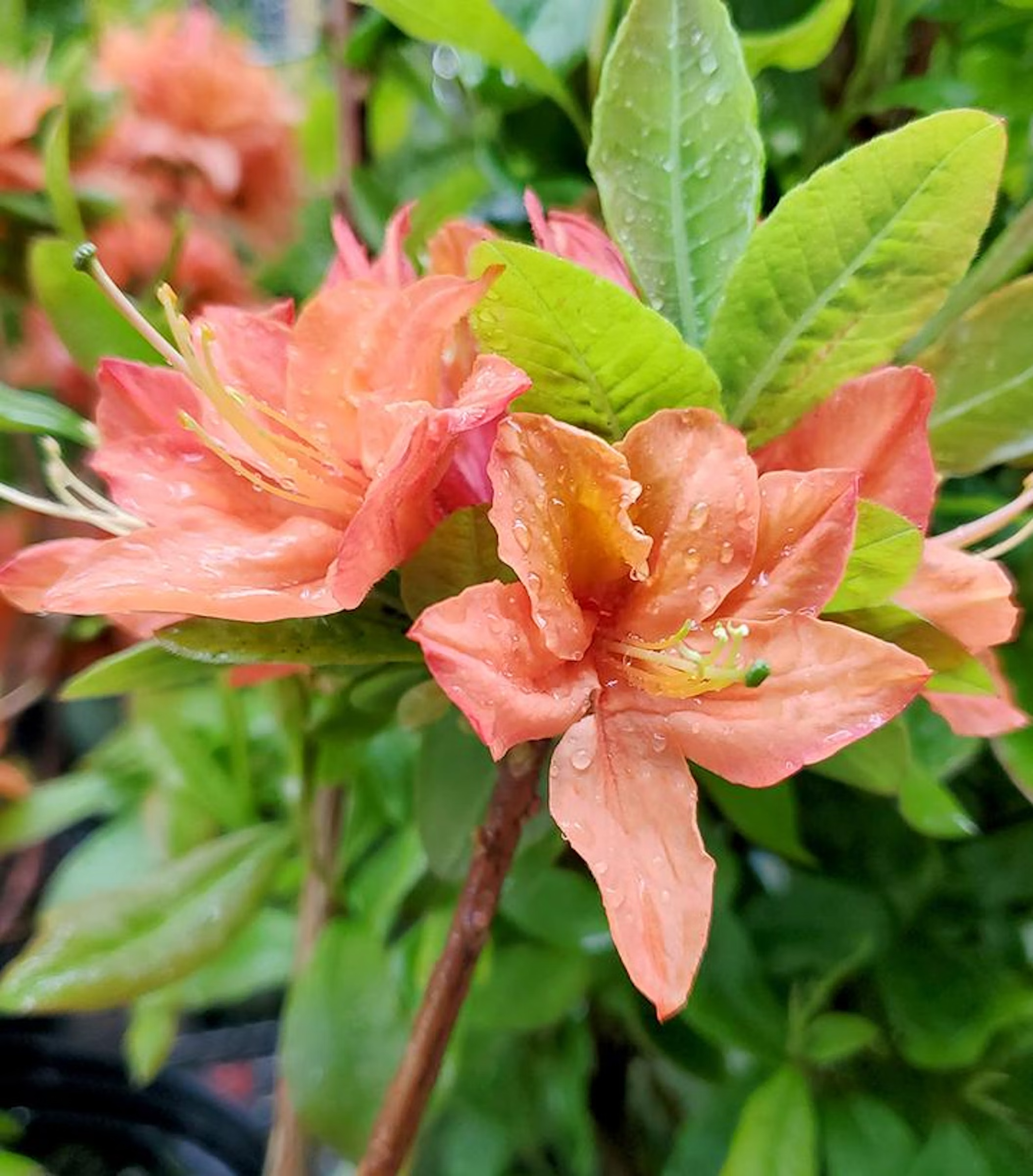
Beautiful orange blossoms cover this mid-sized azalea variety in early May. Mandarin Lights is hardy in USDA zones 4-8 and will brighten up any garden or patio.
Dwarf Azaleas
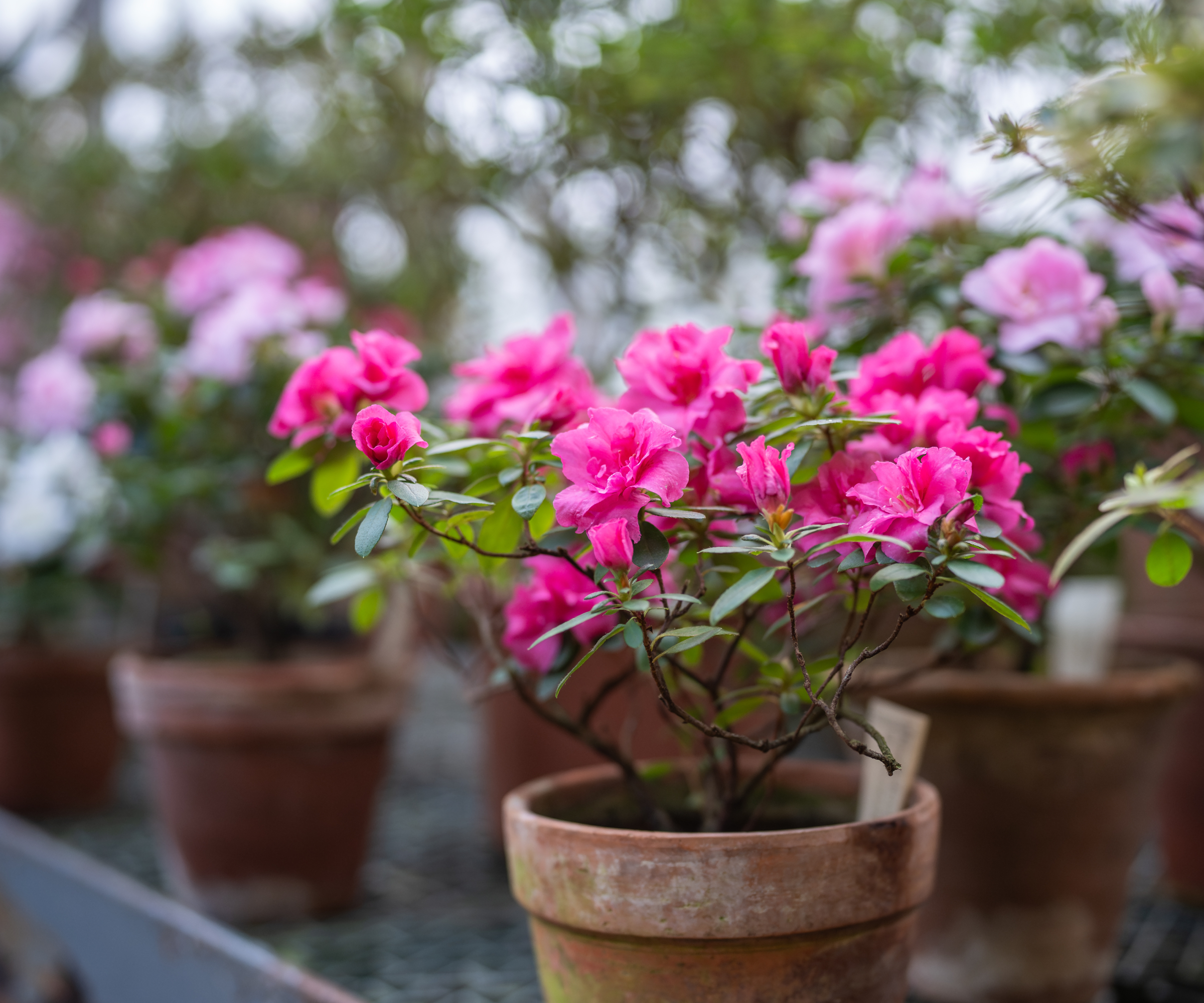
The size of an azalea can vary a lot, but for the smallest spaces, look for dwarf varieties or naturally small species. Growing azaleas in containers is also a good way to use dwarf varieties.
- Coastal Azalea. This is a native azalea that grows along the coast from New Jersey down to Georgia. It typically has white flowers but with some pink coloration and a strong fragrance. Coastal azalea grows low, from one to only five feet (0.3 to 1.5 m) tall.
- Dwarf Encore Azaleas. Encore azaleas come in many varieties, including a series of dwarf types of azaleas grown in containers. These grow no more than three feet (0.9 m) and come in a range of colors, including pink, lilac, and coral. Encore azaleas bloom in spring and fall.
- ‘Windbeam.’ ‘Windbeam’ is a smaller variety, growing to three to four feet (0.9 to 1.2 m). It has white flowers that turn pink and deciduous leaves that turn bronze in fall.
- ‘Fragrant Star.’ Choose this compact variety (three to four feet) for stunning, pure white flowers and a heady aroma. It has some heat tolerance compared to other types.
Mid-Sized Azaleas
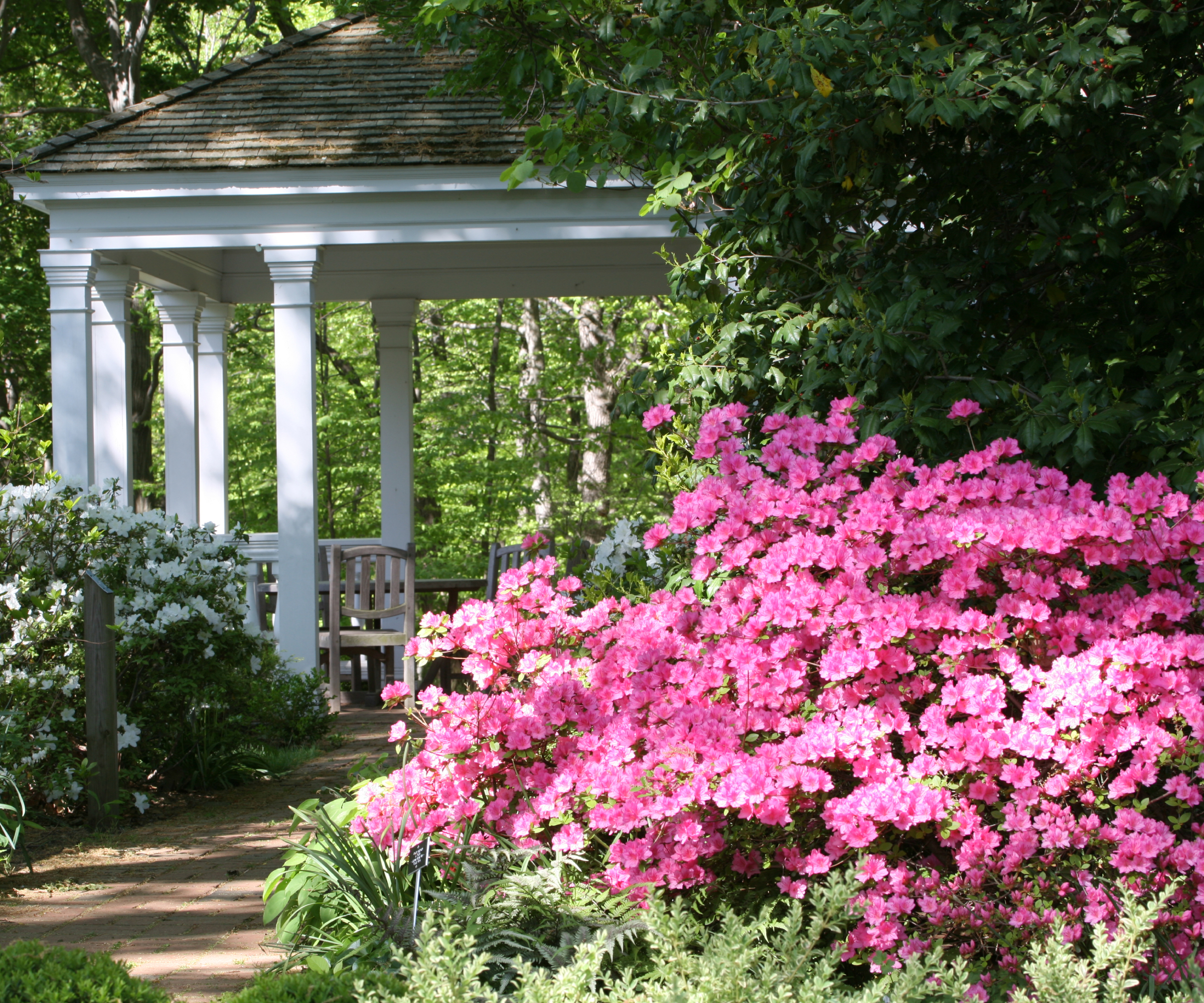
For slightly larger spaces, choose these medium azaleas that do not grow quite as large as the biggest species and varieties.
- Mountain Azalea. This is a native species. It grows between six and eight feet (1.8 and 2.4 m) wide and sometimes a little taller. The flowers are fragrant and pink.
- Flame Azalea. Flame azalea matures to a size between four and eight feet (1.2 and 2.4 m) tall. It is native to the Appalachian area from Georgia to Pennsylvania and has bright orange flowers.
- Southern Indica Hybrids. Look for these hybrids to grow a medium-sized azalea that tolerates more sun than other types. The different varieties in this series grow up to six or eight feet (1.8 or 2.4 m) tall. ‘Brilliant’ has deep red flowers. ‘Southern Charm’ is deep, watermelon pink. ‘Orange Pride’ has bright orange flowers.
- ‘Rosy Lights.’ This variety grows up to six feet (1.8 m) tall and wide. It is hardier than many other types and can grow in zones 3 through 7. The flowers are deep rosy pink. ‘Rosy Lights’ is part of the Northern Lights series of azaleas suitable for colder climates.
Large Azaleas
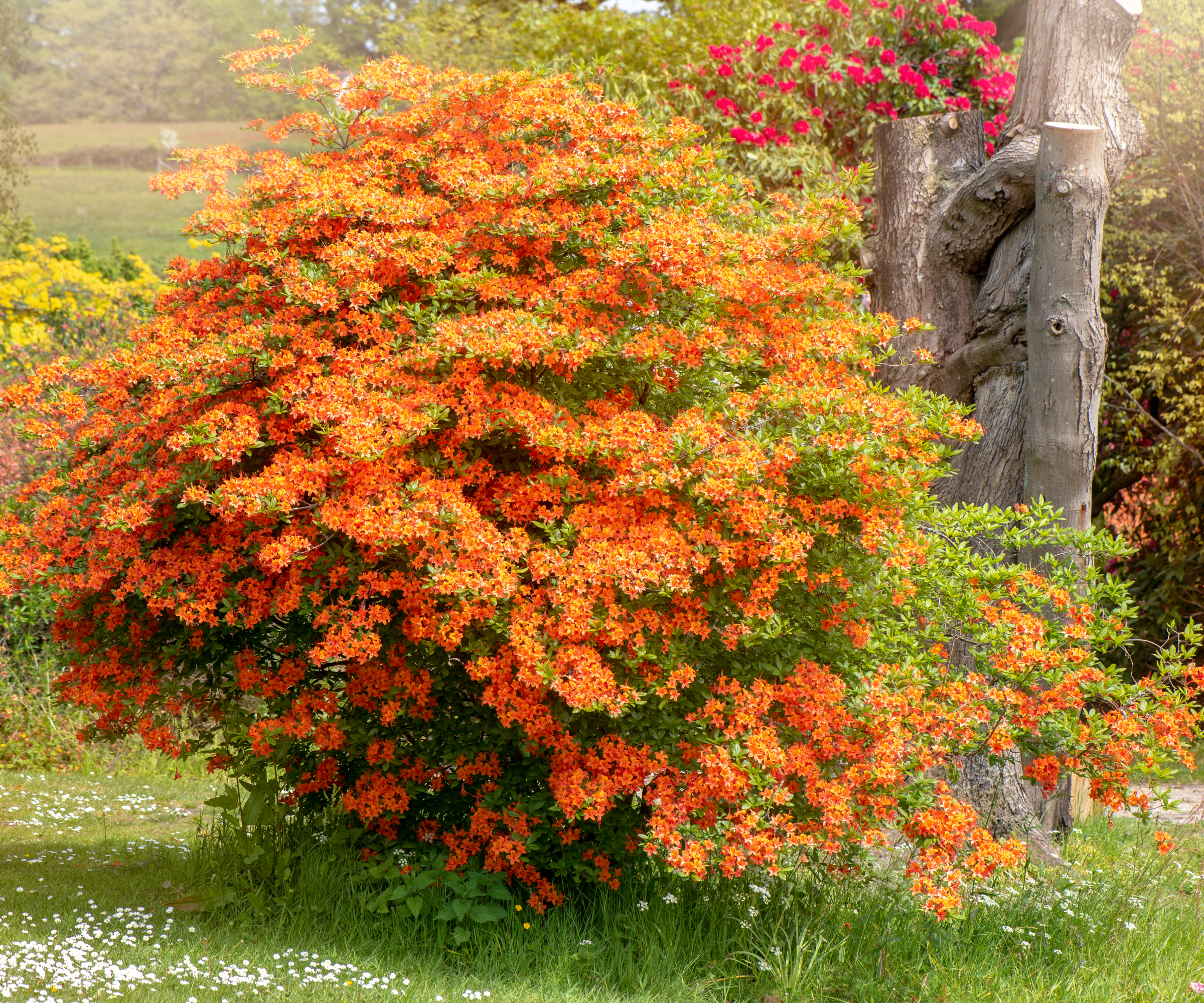
The size of azalea bushes can be as much as 20 feet (6 m). These large species and varieties are good for big spaces you hope to fill with a shade-tolerant shrub or small tree. Other shade-loving plants like ferns, hostas, and daffodils make great companion plants for azaleas that are large.
- Florida Azalea. This native species is suitable for warm climates and grows up to 15 feet (4.6 m) tall. It produces fragrant yellow flowers, but some may have pale orange blooms.
- Swamp Azalea. This is a great choice for a large azalea that tolerates water in the soil. Native to the eastern and southern U.S., swamp azalea has white flowers and a spicy fragrance. It grows between up to 15 feet (0.9 to 4.6 m) and can be trimmed to the desired size.
- ‘Pink Shell.’ ‘Pink Shell’ can grow up to 15 feet tall and produces delicately pale pink flowers. It has good fall color and is large enough to be used as a tall border or hedge.
- ‘Kennel’s Gold.’ This native hybrid grows up to 15 feet tall. The striking flowers have golden yellow petals with orange tubes and long stamens.
Frequently Asked Questions
How Large Do Azaleas Get?
Azalea size varies significantly by type and variety. The largest azalea plant size is about 20 feet (6 m) tall or wide.
How Quickly Do Azaleas Grow?
Growth rate also varies by species of azalea, but most are relatively slow growers. It can take ten years for an azalea bush to reach its full size.
More Azalea Inspiration
- Already have some azaleas but they aren't thriving the way they should? Learn more about common azalea diseases and problems.
- Pruning azaleas is an important part of their care. The Pruning & Trimming Set in the Gardening Know How Shop can help you trim with ease.
- Want more azaleas? Learn how to propagate azalea cuttings from your existing shrubs for endless azaleas!
- Sign up for the free Gardening Know How Newsletter for more expert advice and gardening inspiration delivered right to your inbox.
This article features products available from third party vendors on the Gardening Know How Shop. Keep in mind that our plant inventory is limited - so if you’re thinking of purchasing, don’t wait!
Gardening tips, videos, info and more delivered right to your inbox!
Sign up for the Gardening Know How newsletter today and receive a free copy of our e-book "How to Grow Delicious Tomatoes".

Mary Ellen Ellis has been gardening for over 20 years. With degrees in Chemistry and Biology, Mary Ellen's specialties are flowers, native plants, and herbs.
- Amy DraissDigital Community Manager
-
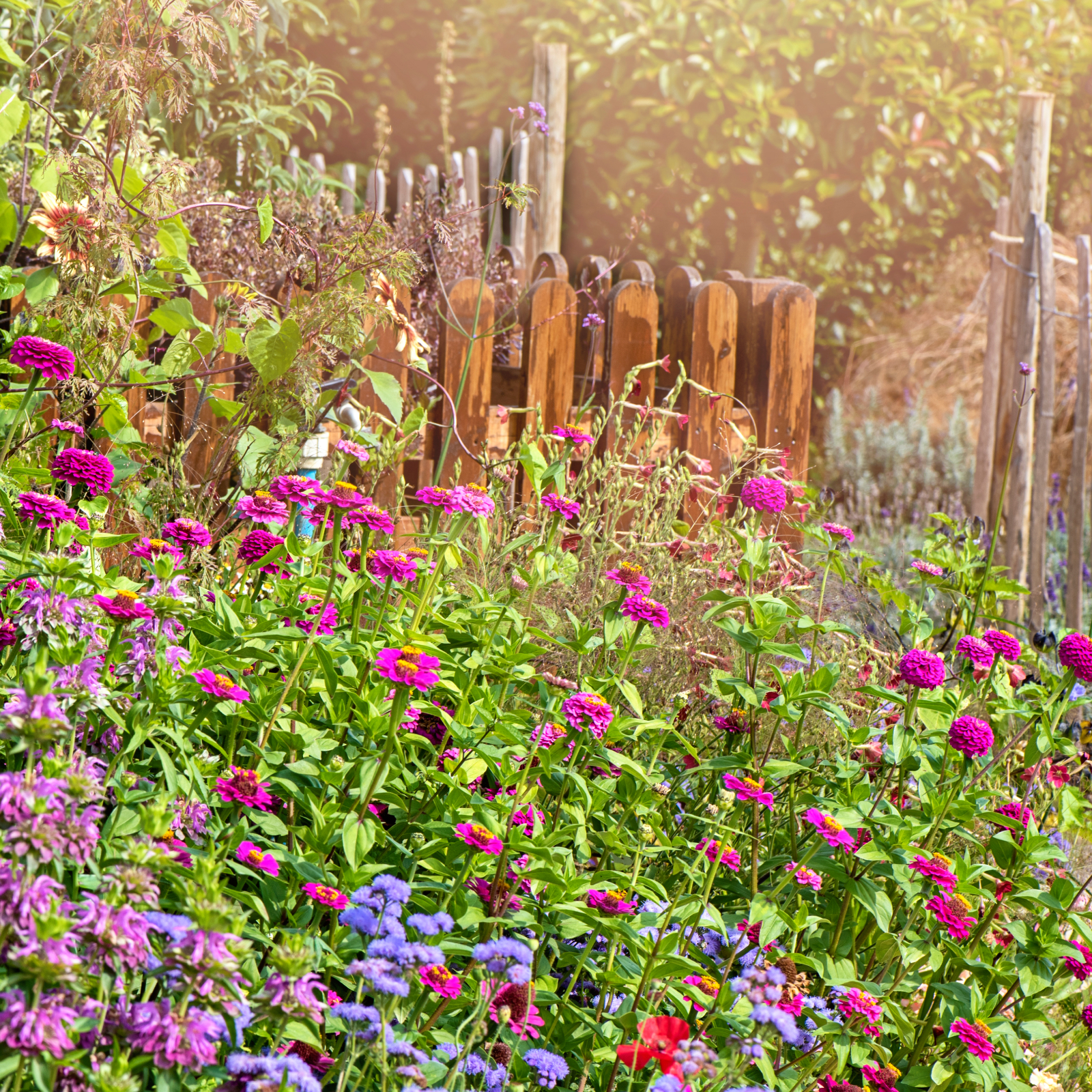 7 New & Improved Cultivars Of Old-Fashioned Plants – These Aren’t Your Grandma’s Plants!
7 New & Improved Cultivars Of Old-Fashioned Plants – These Aren’t Your Grandma’s Plants!Old is new again! These old-fashioned plants have new cultivars that are sure to thrive in your garden and bring the charm factor. Neighbors will be envious!
By Mary Ellen Ellis
-
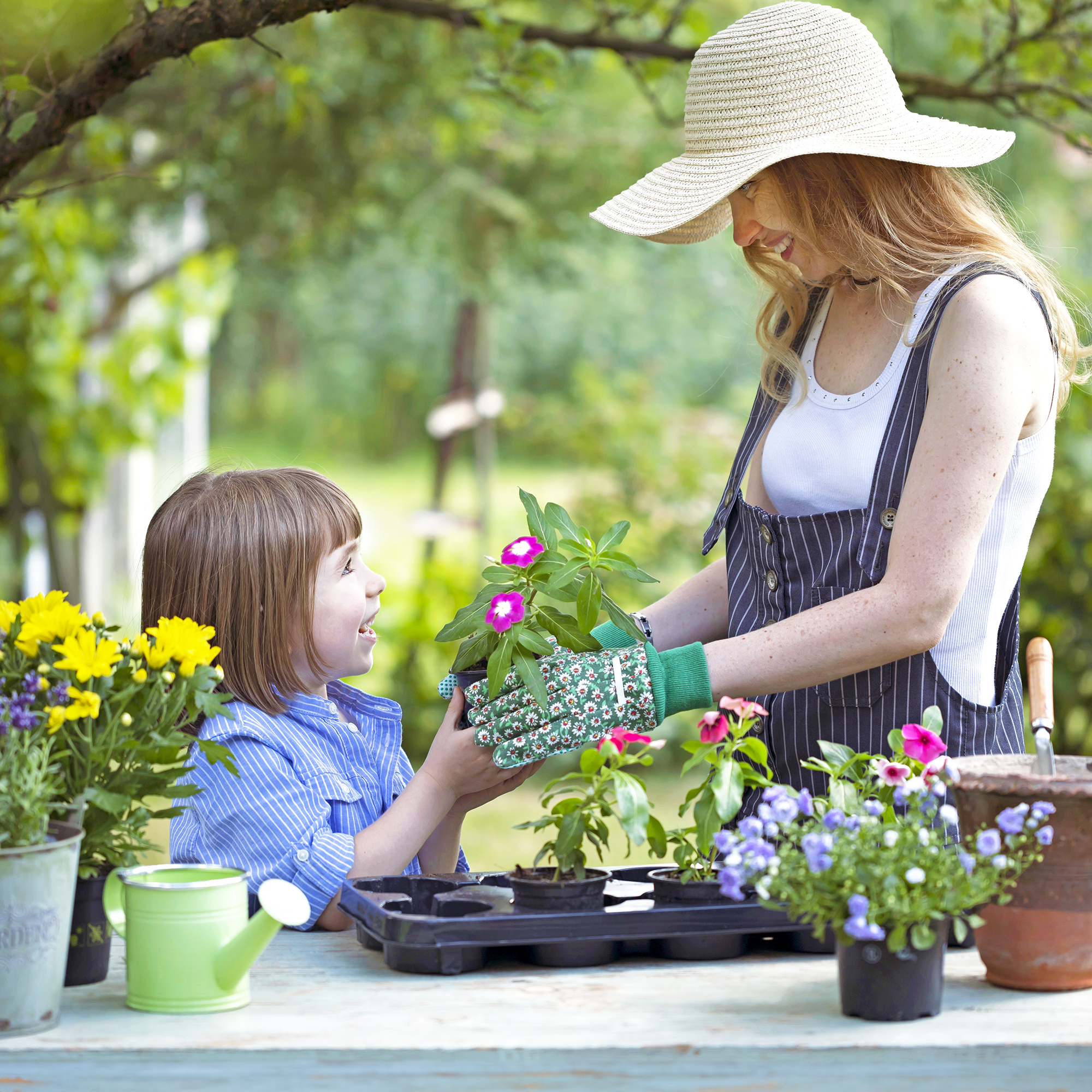 12 Mother’s Day Garden Gifts That Celebrate Moms Who Love To Grow
12 Mother’s Day Garden Gifts That Celebrate Moms Who Love To GrowAll Moms deserve to feel special on Mother’s Day, so treat her to a thoughtful gardening gift that helps her get the most out of her hobby.
By Melanie Griffiths
-
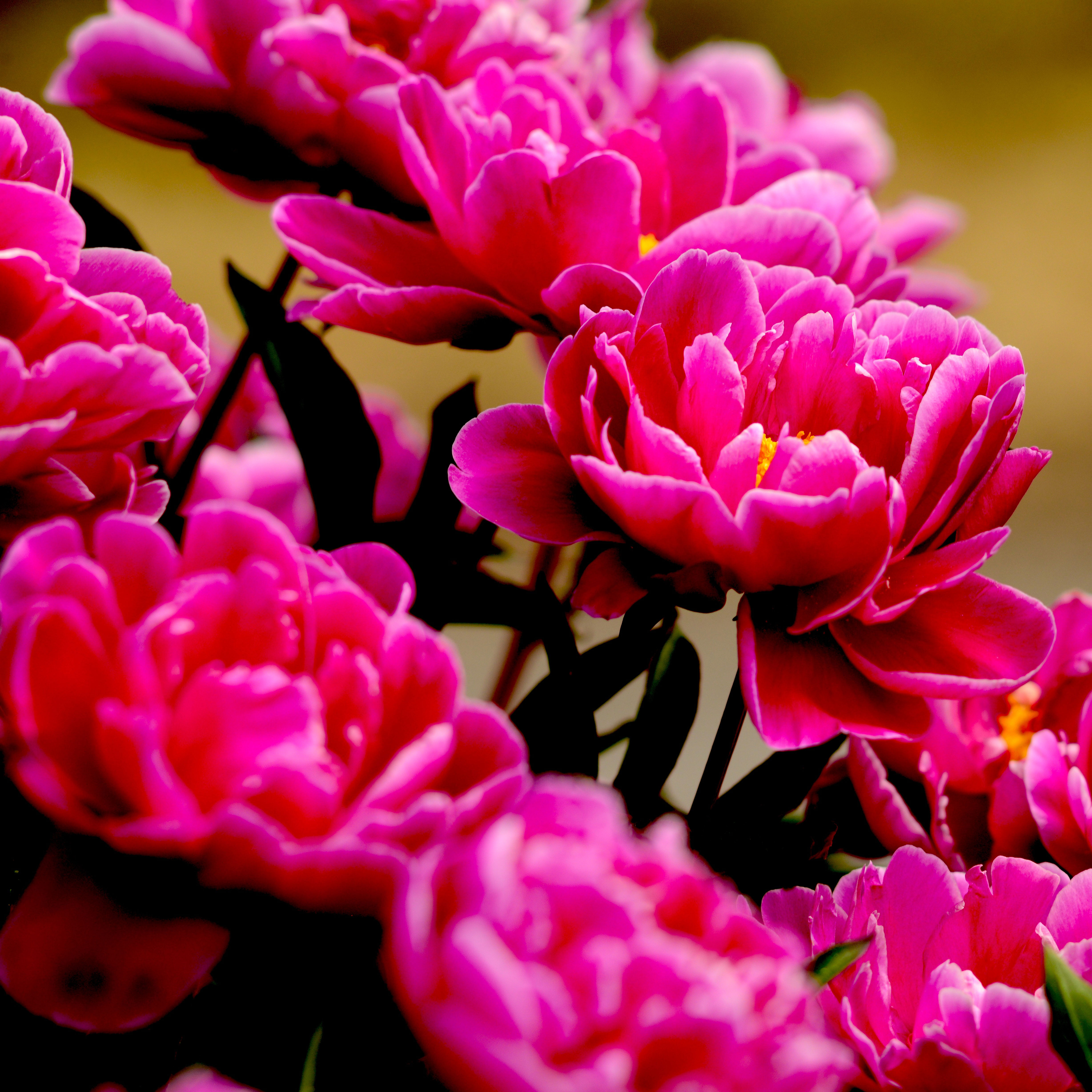 Grow ‘Karl Rosenfield’ Peony Plants For The Ultimate Frilly Border Beauties And Cut Flowers
Grow ‘Karl Rosenfield’ Peony Plants For The Ultimate Frilly Border Beauties And Cut FlowersFor frilly double magenta peony petals infused with a heady fragrance, grow ‘Karl Rosenfield’ peony plants. Here’s how to cultivate the ultimate plushy blooms
By Tonya Barnett
-
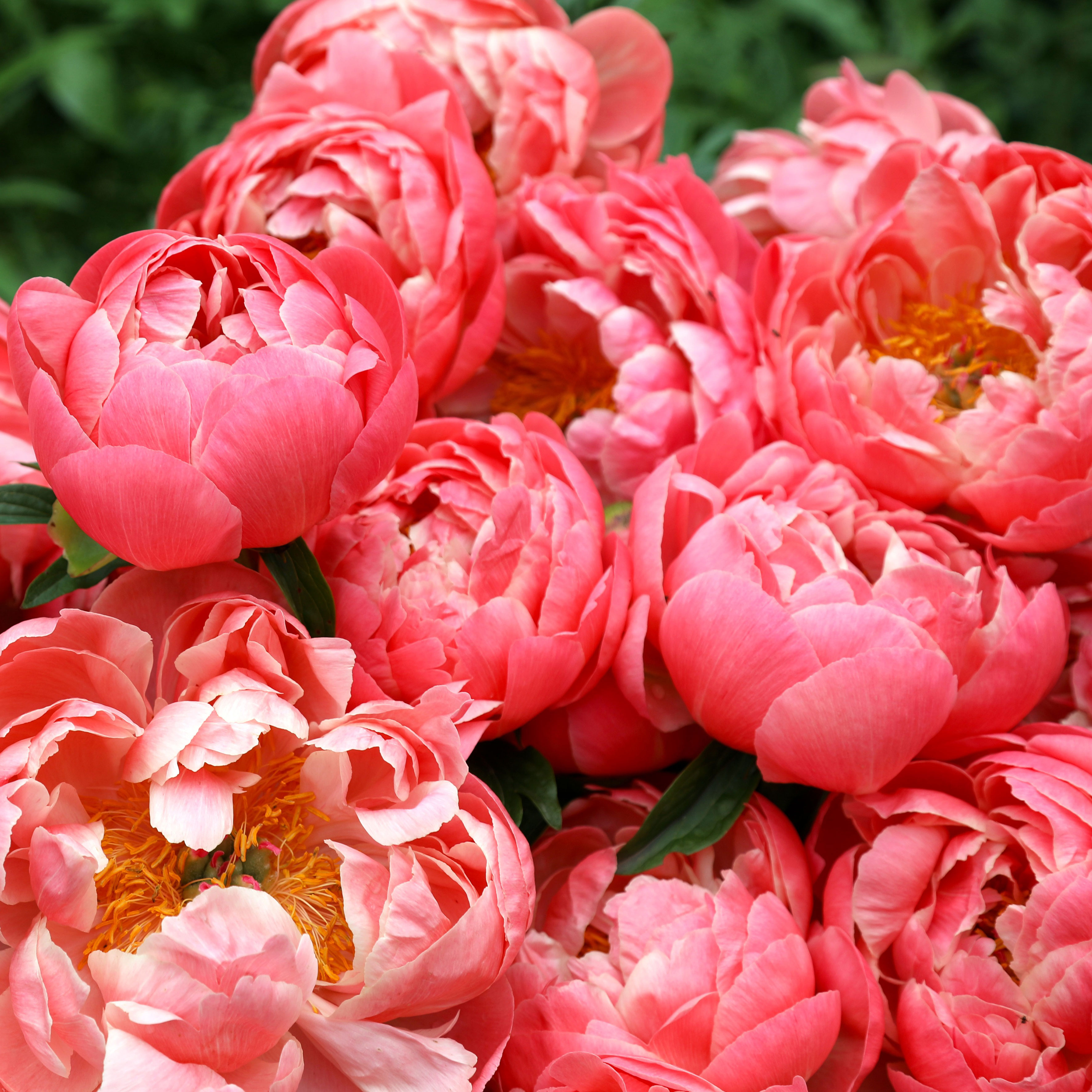 ‘Coral Charm’ Peony Care For Sublime Semi-Double Peonies With Lush Salmon Pink Flowers
‘Coral Charm’ Peony Care For Sublime Semi-Double Peonies With Lush Salmon Pink FlowersPeonies are known for their soft baby pink or magenta tones, but if plushy coral blooms are your thing, here’s our guide to the ultimate ‘Coral Charm’ peony care
By Tonya Barnett
-
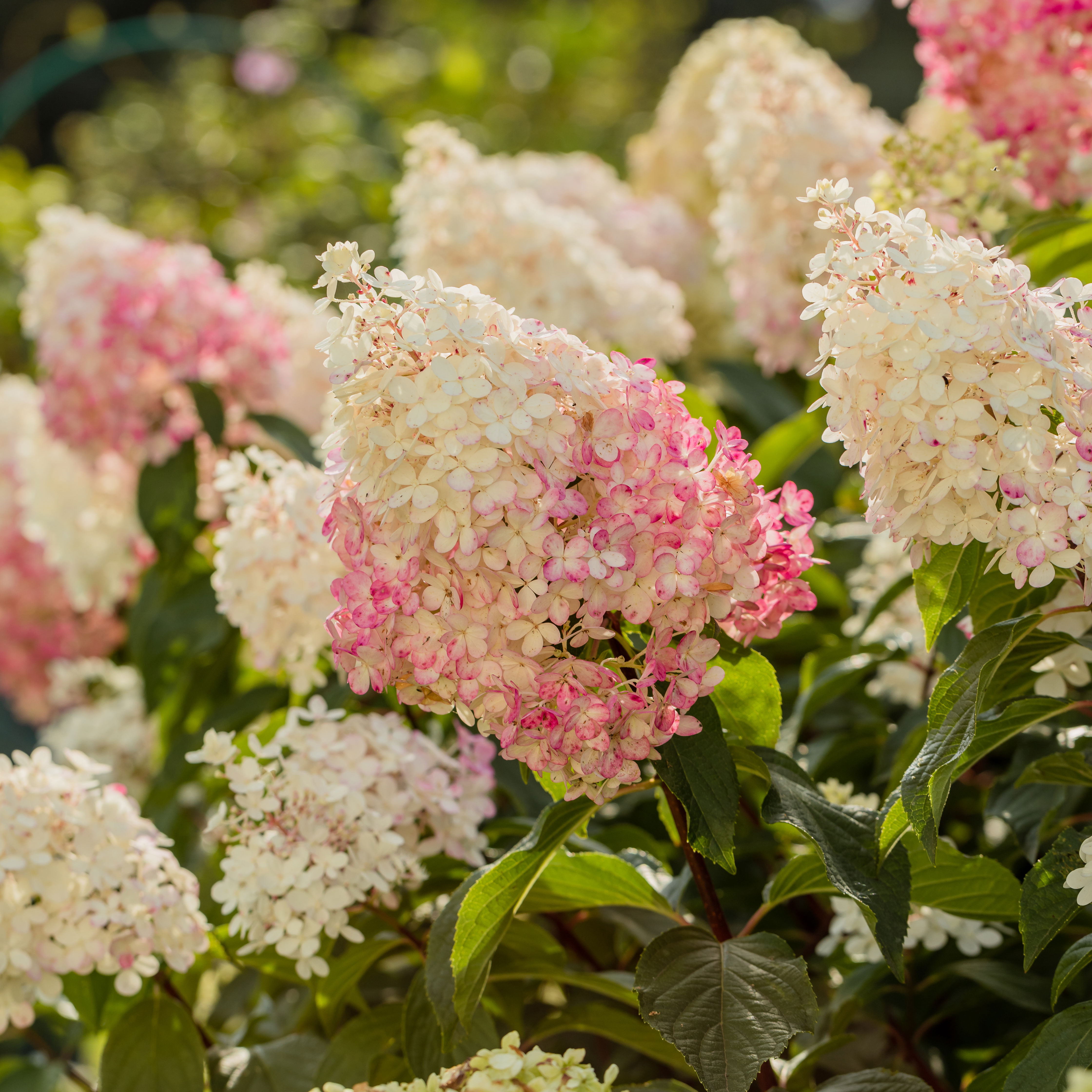 Want The Longest Lasting Hydrangea Flowers? Grow These 8 Panicle Hydrangea Varieties
Want The Longest Lasting Hydrangea Flowers? Grow These 8 Panicle Hydrangea VarietiesFor ornamental shrubs that deliver the longest flowering seasons with plush blooms and delicate hues, these panicle hydrangea varieties are essential in your yard
By Tonya Barnett
-
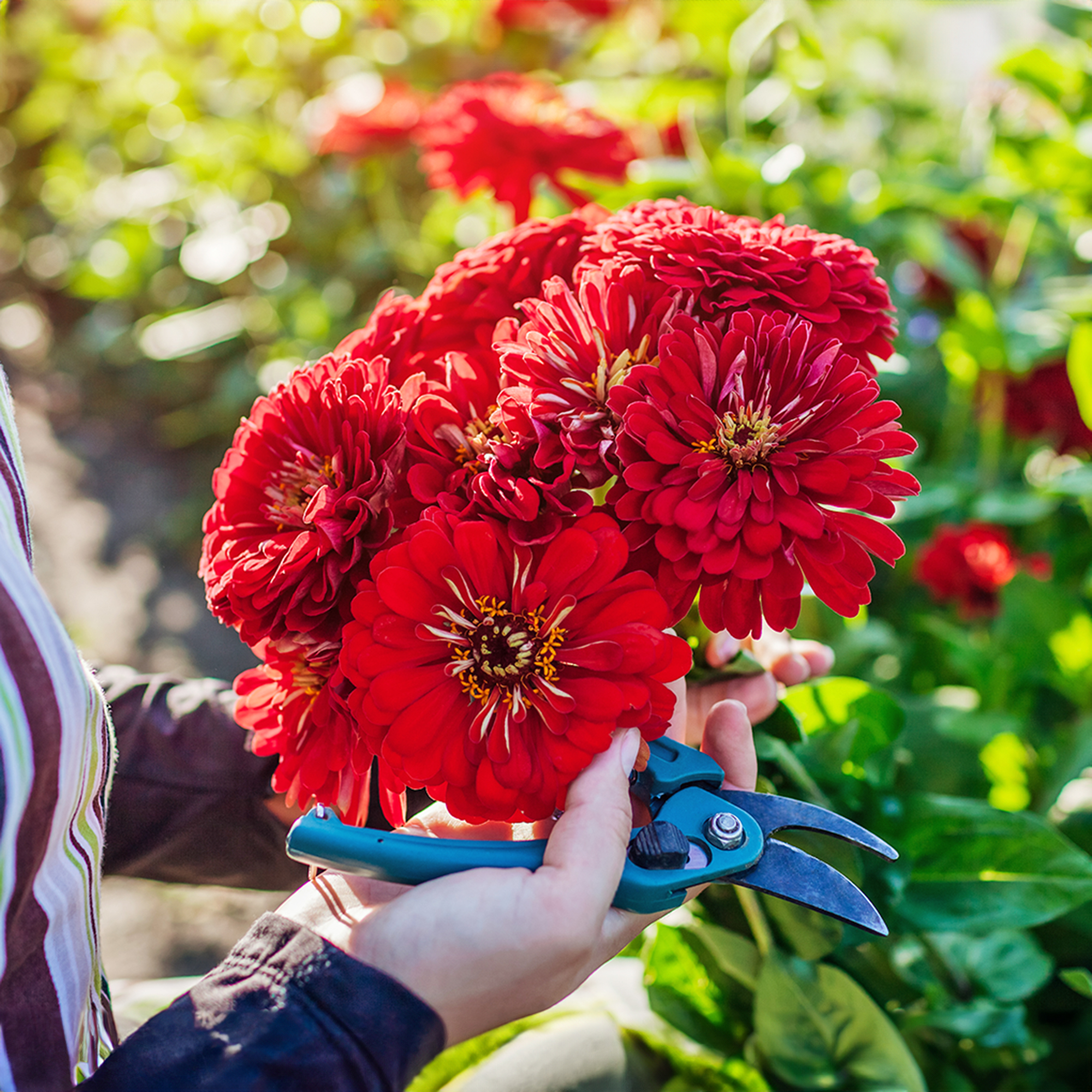 Zinnias On Repeat: 10 Glorious Cut-And-Come-Again Varieties For Endless Summer Bouquets
Zinnias On Repeat: 10 Glorious Cut-And-Come-Again Varieties For Endless Summer BouquetsThese zinnia varieties keep giving all summer, making them the perfect choice for dedicated cutting gardens – or just the occasional homegrown bouquet.
By Ellen Wells
-
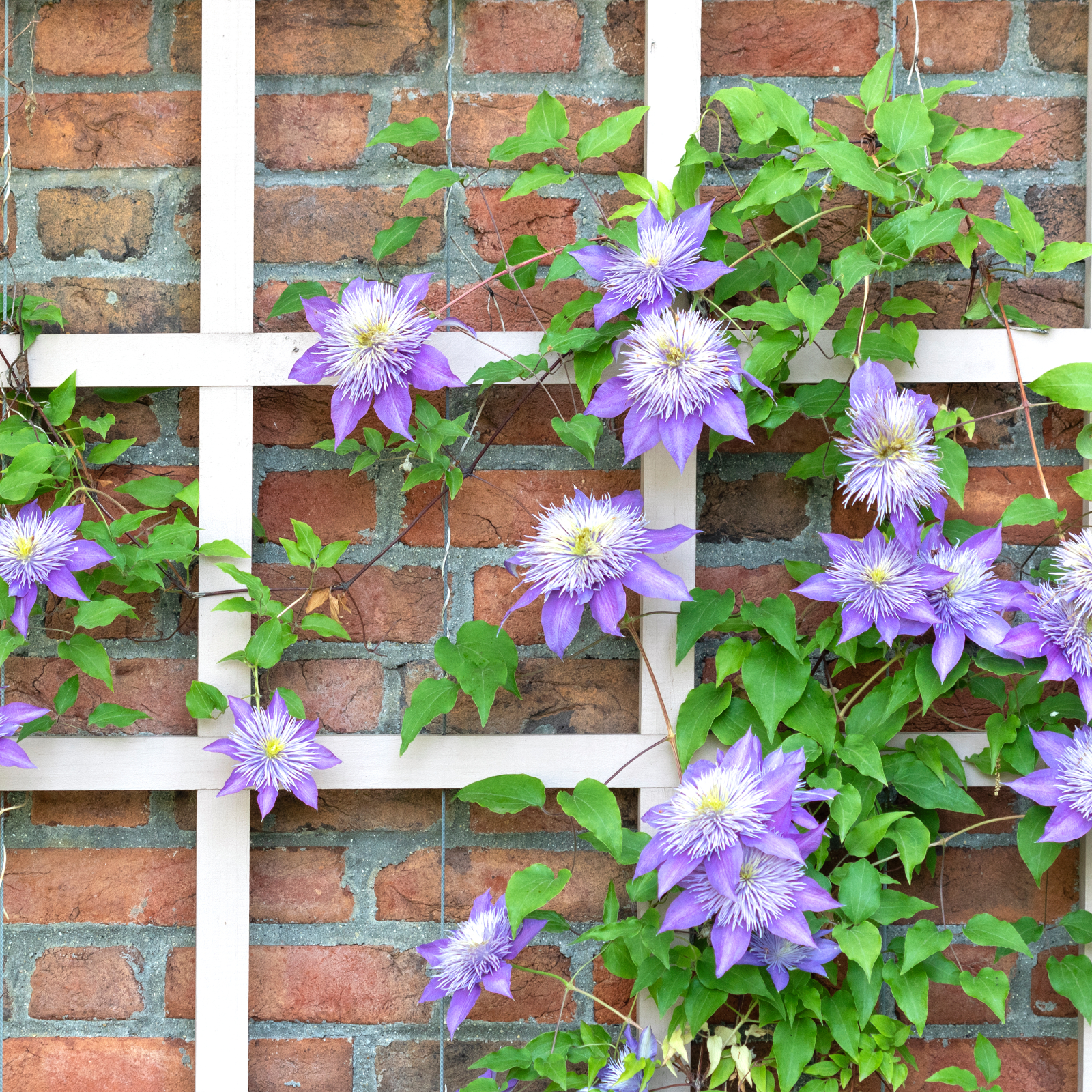 5 Fabulous Fast-Growing Vines – That Will Quickly Climb Any Arbor, Trellis, Or Fence
5 Fabulous Fast-Growing Vines – That Will Quickly Climb Any Arbor, Trellis, Or FenceThese fast growing vines are perfect for covering any eyesores in your yard or creating a living fence. They will provide great visual interest, as well.
By Amy Grant
-
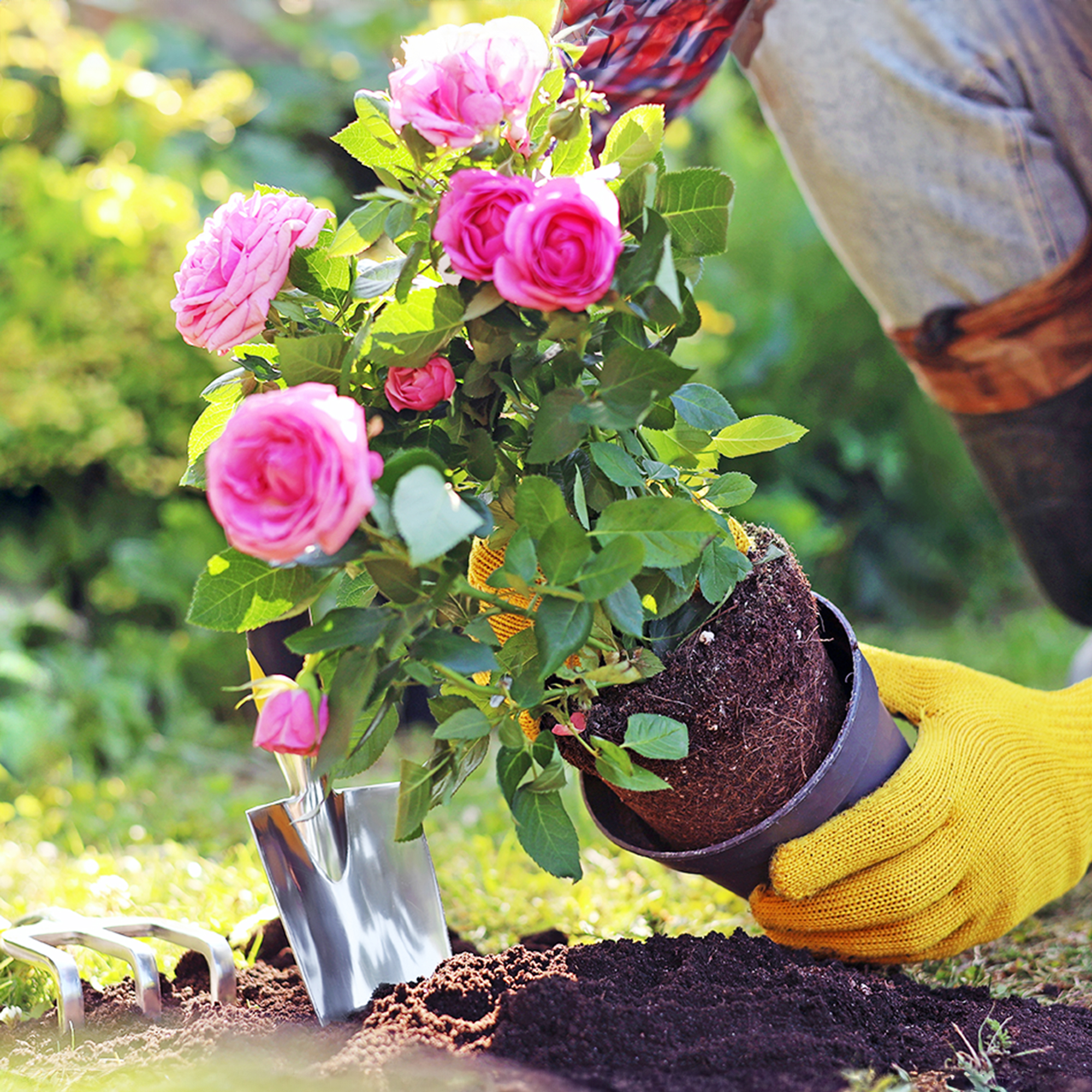 When To Plant Roses: The Best Time For Your Climate And Rose Type
When To Plant Roses: The Best Time For Your Climate And Rose TypePlant your roses at the right time and you will be rewarded with decades of glorious summer flowers – but get it wrong and you'll be crying over dead shrubs.
By Teo Spengler
-
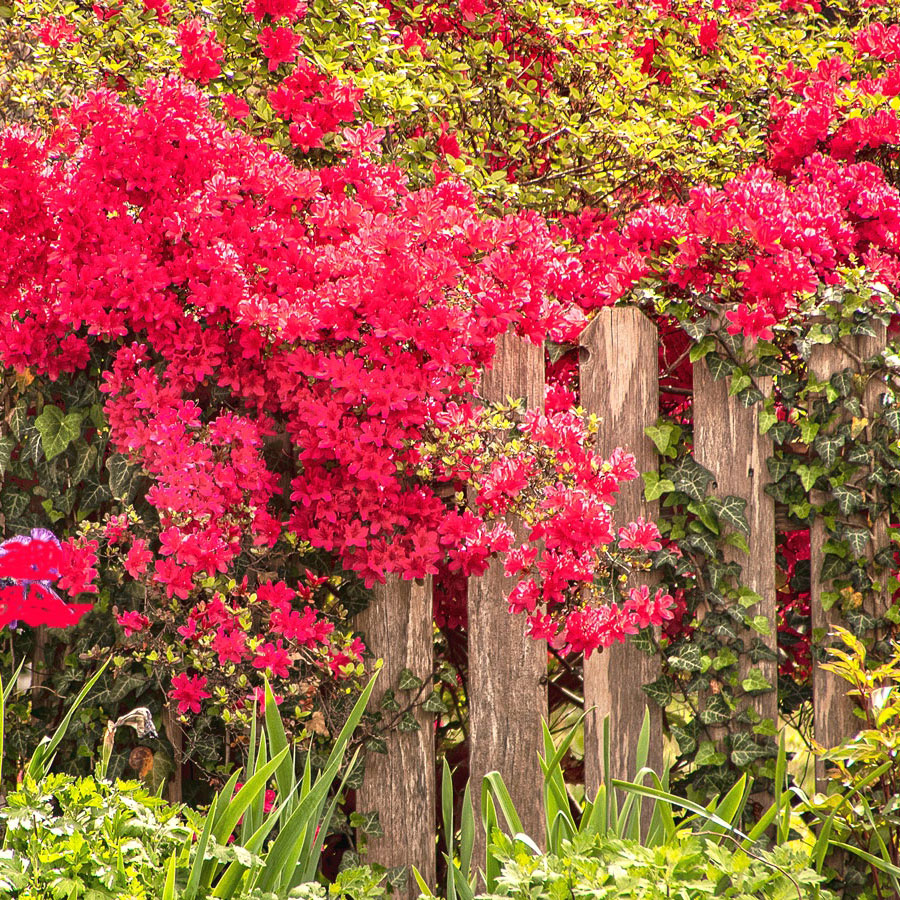 Spectacular Early Blooming Shrubs: 6 Sparkling Spring Flowering Bushes
Spectacular Early Blooming Shrubs: 6 Sparkling Spring Flowering BushesWant to kickstart your gardening year with dazzling spring flowering bushes for beds and borders? These unique early bloomers are sure to help you rise and shine!
By Teo Spengler
-
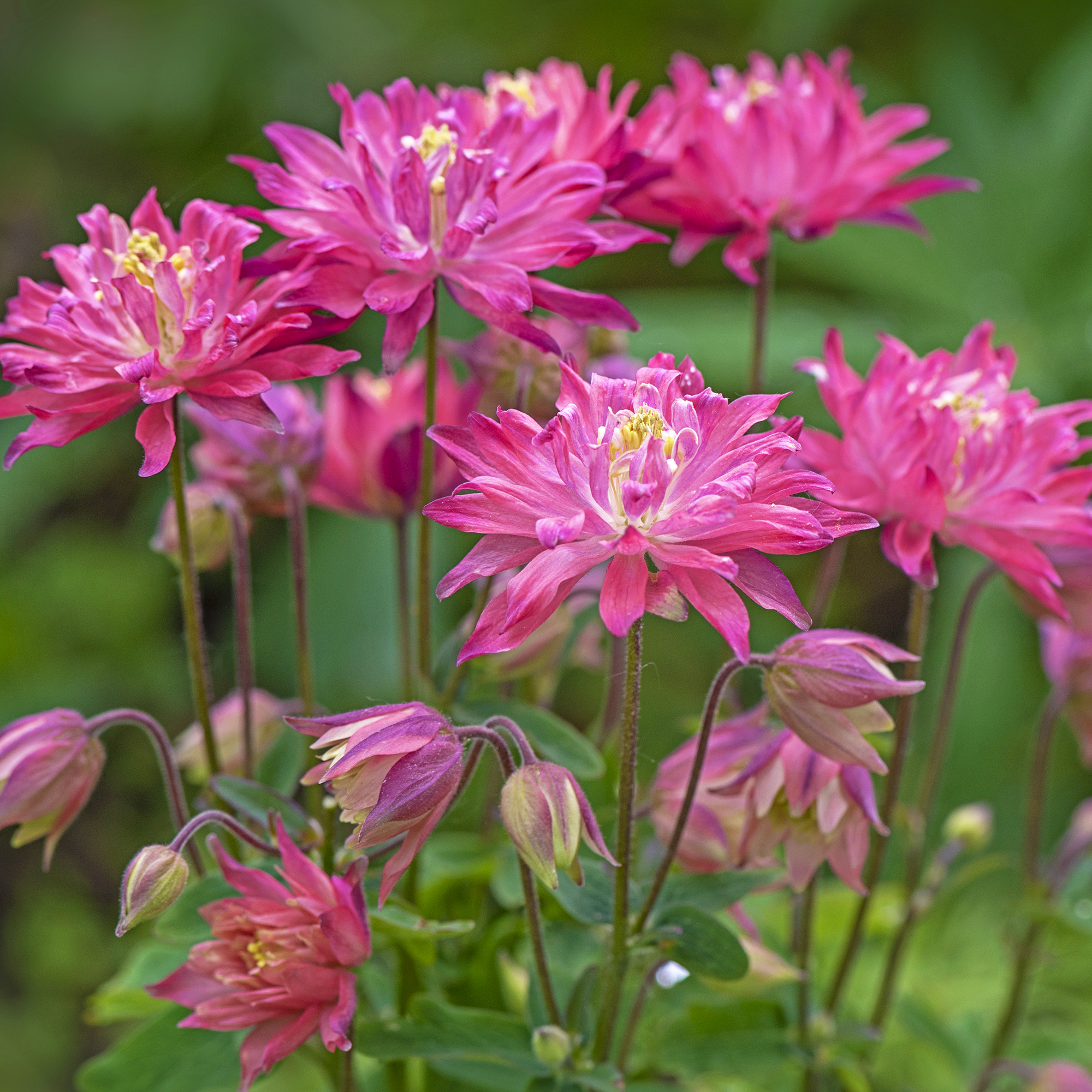 7 Shade-Loving Flowers To Start From Seed Now For A Stunning Summer Garden
7 Shade-Loving Flowers To Start From Seed Now For A Stunning Summer GardenTurn shady spots into vibrant new garden spaces with lovely and illuminating shade-loving flowers.
By Ellen Wells